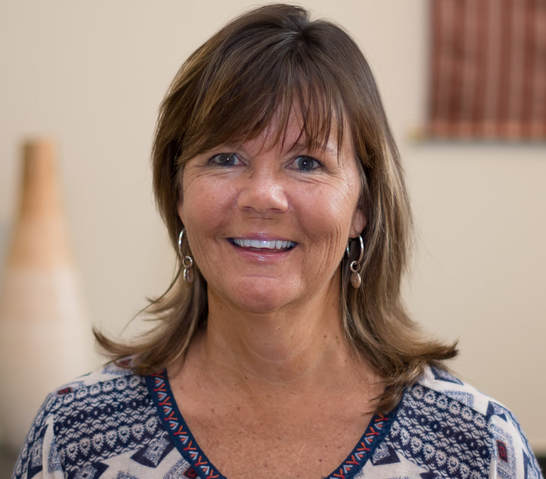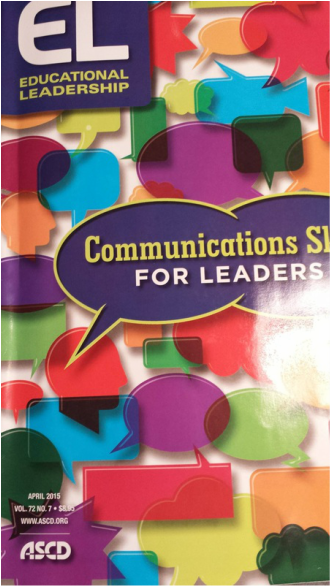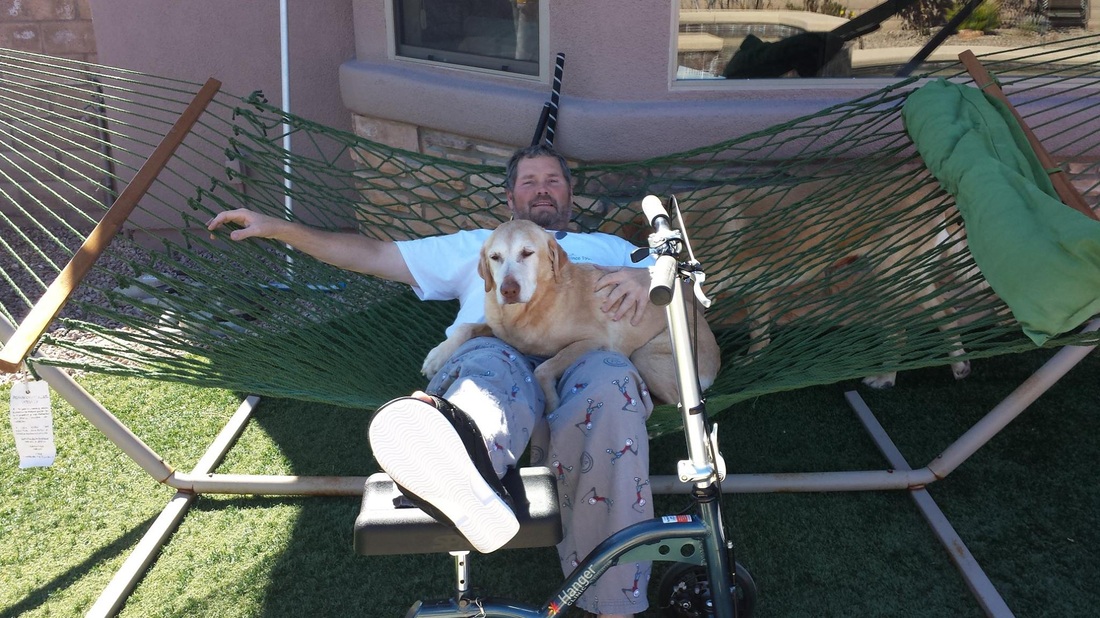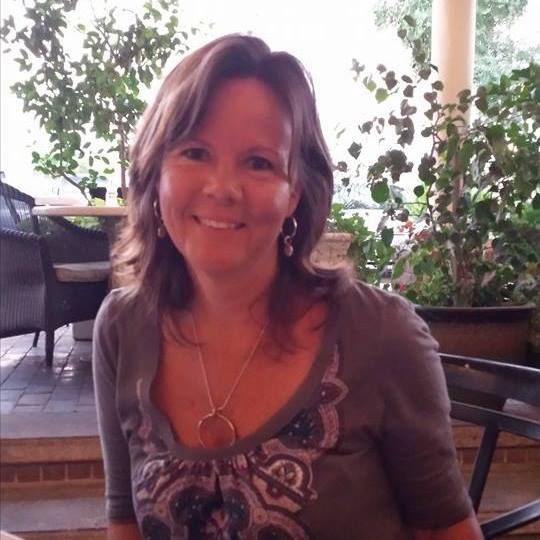|
Suggestions are out there everywhere. Substitute spaghetti squash for pasta (but make sure you say "spaghetti" first so maybe the people in your life who are paying little attention will just assume the squash really is spaghetti). It is true, of course, that squash contains less carbs than pasta, but really? "Yes, Shelly, people do it all the time." I just read you can substitute cinnamon for sugar (but I wonder, "What if you want sweetness and you weren't looking for a cinnamon-y flavor?" One of the best ones I've seen is substituting collards for bread (just wrap the collards around your favorite meat and voila! instant sandwich!) --- Dave just said, "Seriously?" Reading about all these substitutions made me think about those things for which there is no substitution, especially when it comes to communication. Here are my top two: make time and really listen. Anyone who has ever been on the receiving end of an attempt at communication where one or both of these things didn't happen (and, by the way, we all have likely been there as well as on the doling it out side) knows fully well it can be extremely frustrating. Our lives and days are extremely busy, no one can deny that. So, it almost seems perfectly commonplace for conversations to happen "on the go". We're both walking down the hallway and we try to have a serious conversation about something. The problem is, when we don't make time a priority for a conversation, the content of the conversation is more likely to be misconstrued or, at the very least, not given its due. In both of my books (Communicate and Motivate (2011) and Building Trust in Teacher Evaluations (2014)), I talk about the importance of making time, which may necessitate saying to someone, "This is a really important conversation we need to have. In order to give it the time it needs, can we meet in one hour in your office?" instead of trying to squish the conversation into 5 minutes. The squishing will likely result in both parties going away from the conversation feeling unsatisfied. There simply is no substitute for making time to talk. So, now, if we are lucky enough, we have set aside the time to have the conversation. Now, the problem often becomes one of really listening. I've written books and articles on this and I still find it a struggle at times. Just yesterday, I had asked Dave to tell me what he liked about the new Jamaican banana bread recipe I had tried. He immediately said, "I think I like it so much because it reminds me a little bit of bread pudding." As I am not a huge fan of bread pudding, I grimaced. He quit telling me what he liked and said, "When I see that facial expression, it keeps me from wanting to tell you more." We have often said I would not make a good poker player---my opponents could read every single expression on my face and I would lose my shirt (or at least all my money). Instead of reacting to what he is saying, I need to focus on truly listening. The same holds true in the workplace. When someone is sharing something about their work (particularly to a supervisor) and the supervisor is grimacing, the two-way conversation is likely to completely shut down. Again, there is just no substitute for listening. Just for today, perhaps we can be aware of the important things in communication and not try to take shortcuts or substitutions. But, on the other hand, if you have any great spaghetti squash recipes to pass along..... Happy Communicating! Shelly
0 Comments
When I saw the April edition of Educational Leadership, with my article "Improving Teaching, One Conversation at a Time" (should be available in the next week or so for the general public), I was over the moon. After all, ASCD's monthly publication is read by so many teachers and teacher leaders around the world. I did a little happy dance when ASCD sent me the advance copies and I was able to read (and, yes, smell....those of you who know me well know I am a book/magazine sniffer and ASCD has some pretty awesome paper and ink on which they print their publications) the article alongside their great graphics.
Talking about what might help teachers grow is one of my life's passions. Helping other administrators motivate and inspire teachers is yet another passion. But, in addition to getting books and articles published, there are some pretty simple things in life that really get me jazzed, as well. Here is a short list, certainly not exhaustive, and in no particular order (anyone recognize the "in no particular order" as Ryan Seacrest's American Idol words? No? Heavy sigh.)... 1. Hiking a piece of the Appalachian Trail with dear friends, Jil and Angelle, who appreciate the beauty and serenity of a walk in the woods. For a great read on hiking the AT, try Bill Bryson's book. I've walked pieces of the AT in Georgia, North Carolina, Pennsylvania, and hope to do more of it one day. 2. Making par on a hole on the golf course, even though I am still a novice (and by novice, I mean: I try and try to get better, but my game is the illustration for the word "inconsistent" in Webster's great book of words). Maybe part of the charm of this game is that it usually consists of uninterrupted time with my dear, patient husband. 3. Getting together with friends and family for a meal and conversation. When the meal takes place at a Mexican restaurant in San Antonio, TX, that adds fuel to the fun, but I am flexible (Dave just laughed outloud at my liberal interpretation of the word "flexible".) What could be better than doubling over in laughter or sharing a moment of quiet weeping for a shared loss of moms with dear friends, after all? What is it, for you? What gets you happy? Raucous comedy? The smell of the desert after a good rain? The scent of mountain laurel in the summertime? Watching a puppy attempt to get an older dog to engage in play? Whatever it is that gives you happiness, may you find it today. And, just for today, remember to make note of how nice it is to appreciate the big things and the little things in our lives that bring us joy. Happy Communicating!! Shelly I don't know why I go to extremes
Too high or too low there ain't no in-betweens. -- Billy Joel There have been many times in my life I have felt this way, either seeing things as "all good" or "all bad". But never have I felt this way more than in my new hobby of playing golf, or trying to play golf, as it should be more accurately named. With a few lessons under my belt and utilizing the coaching Dave so generously provides (believe it or not, I do not mean this in a sarcastic manner), I love going out on the golf course. But inevitably, a hole or two into the game, I either feel like my game is "on fire" or I feel I should set fire to my clubs. Rarely do I feel the "in-between". No matter how many times Dave says, "Not ever shot is going to be a winner" or "Keep trying. It will get better", I somehow feel I am in a vortex of "all good" or "all bad". But golf and life are simply not like that---there are shades of in between, if we just get out of the labeling business. Teaching is like this, as well. Lessons almost always have room for growth and shades of brilliance. For this reason alone, I am eternally grateful to work with a four-ply rubric that doesn't simply check a box for "good" or mark it as "unsatisfactory". In all my years of teaching Special Education, I'm certain I never taught a lesson that was 100% stellar. While I might have demonstrated a high degree of respect and rapport, maybe I could have included some other type of media that might have enhanced the learning, the type of evaluation experience I had was much more a check-off. Someone would watch me teach then mark a box all but saying "Good lesson. Good to keep teaching. That is all". Teachers would complain that if one thing in their lesson went awry, they were suddenly marked as "You need improvement as a teacher." But teaching is so much more intricate than that, as is my golf swing and my golf game. A rubric such as the one based on Charlotte Danielson's Framework for Teaching honors the intricacies of classroom instruction, And taking the label off of the teacher and only marking evidence of particular attributes and teaching strategies takes the "end-all/be-all" off the process in the first place. Teachers don't want to be labeled as "good" or "bad" anymore than I want to be labeled a "great golfer" (I'm in no immediate danger of that occurring in any near future, I promise) or "stinky golfer". But we can start to see patterns of progress or patterns of growth areas over time if we are but willing to look and not go to extremes. Just for today, perhaps we can honor the subtleties of the teaching practice and help to improve instruction, one lesson at a time. In the meantime, I am going to hit the driving range with Coach Dave. Happy Communicating!! Shelly  We got a new foster pup two days ago. Harley has been boarded in a kennel since October. The bad news is her family left her to be boarded for almost five months, until the kennel finally called the Lab rescue to come get her. The good news, if there is some, is that she got training while being boarded. She actually came with a training manual, complete with about 15 - 20 commands she knows (and uses pretty well, despite her still-puppy stage). Without the manual, I would still be trying to tell her, after getting her to sit and lie down, to "stay". But I had the list of commands and saw that, for Harley, "Stay" was replaced with "Place", a more relaxed version of "stay" in which the dog can change positions and move around in the area in which you down-stay them. Well, who knew? We did only because we had the notes to give Harley and us a common language. While we still have some learning to do about Harley's habits, we can at least speak the same language. The same goes for educators. When we first were tasked with observing and evaluating teachers on a new framework of effective teaching methods and strategies, teachers and administrators alike were at a loss. "How will we do this?" "What does this look like and sound like?" "What does engagement really look like?" "How do you know when students really have a belief in learning?" The lack of a common language resulted in frustrations and misunderstandings. I liken it to Dave and I getting Harley but without the training manual. But soon, in many schools and many districts across the country, the dialogue began to occur. Administrators began to get training on what it means to objectively and fairly observe and evaluate good teaching, teachers got to experience engagement themselves in trainings before being asked to define what it is and what it takes to get students engaged, and in some places, teachers and observers began to have real conversations about what good teaching looks like and how it can be improved, without the focus being on a rating. One principal, in a recent training, said to me, "It is as if we are finally speaking the same language." Many teachers say, "It helps so much to be talking about teaching with the people who are going to observe us." Many districts say their teachers are "scoring" higher and higher each year on the rubrics and wonder if that is okay. "Of course it's okay!" we answer. Don't we expect that with a common language, a common understanding, and a shared discussion about instructional practices, that teaching will improve with each passing day? My biggest hope is that we don't stop at the scoring or the rating or the evaluation but we focus on the bigger picture---continuing to improve instruction, one conversation at a time. And as long as we have that common language, odds are pretty good that we will. Just for today, let's stay focused on what is still "fuzzy" for people in order to have good conversations about instruction. Do we all share the same working definition of "engagement"? If not, let's be sure to break it down, experience it, and talk about it, so we can put it in our common language. In the meantime, I am going to continue to work with Harley on our common understanding of what it means to "leave it" when she so badly wants to jump in the spa with us in the evenings. Happy Communicating! Shelly My dear husband, Dave, had to have surgery on his foot a couple of weeks ago in an effort to clean out some mess that still existed from an almost 40-year old basketball injury. For a typically very independent person, Dave has had to rely on others to do things for him he always does for himself. He needed a wheelchair to get to the car after his surgery. He needed assistance with bathroom issues the first few days, as getting to the actual bathroom took WAY too much time. He needed help getting in and out of the shower.
Luckily, there have been great strides in medical equipment, the knee scooter being one of the coolest inventions. With this little handy invention, when we go to Costco, Dave motors around the store faster than I do! In fact, I keep telling Mario Andretti he needs to slow down or he'll get a ticket. All of this reminds me of Universal Design for Learning (UDL), which provides a way to create instructional goals, materials, and assessments that work for everyone. Based originally on architectural design needs for folks with disabilities, UDL creates flexible designs which allow all learners to progress from where they are. In other words, it is intended to remove barriers to access for all. Check out the Cast.org website to learn more about UDL. Just take a look around schools, grocery stores, libraries, and the mall to see how UDL is constantly in action. What things make it easier for everyone to access everyday places and items? The first thing people usually think of are ramps. As anyone with a wheelchair (or a knee scooter or even a wheeled piece of luggage) can attest, these ramps make life easier. But what are the "ramps to learning" that we can provide for any of our students in need? In other words, how can we make learning accessible to all students? I'm not talking about giving someone the answers to a test so they can "pass" like other students. Giving equal access simply means giving each student a fair chance to access the material or instruction in a way that allows them to progress in their own learning. Something as simple as cutting down the number of math problems on a page can help students with attention issues attend to the task at hand. Same premise with "window paper" that creates a window so distracted students only view what is in the window at one time. How can communication boards allow non-verbal students with autism express their wants and needs? UDL can help. I think about what I need to make my life easier---highlighters to accent the jobs I am doing (one color for each consulting company for which I work), an alarm on my phone to wake me up at the right time each morning, despite being in different time zones, a lapboard to keep my computer from heating up my legs when I type my blog, and so many more. Unfair advantage? I would say not. It just makes life easier. We all need a little help in this world, some days more than others. Just for today, why not take a look at all the ways in which we are assisted and perhaps look for ways we can make education a bit easier for those with special needs. Happy Communicating!! Shelly |
Shelly ArnesonCategories |





 RSS Feed
RSS Feed